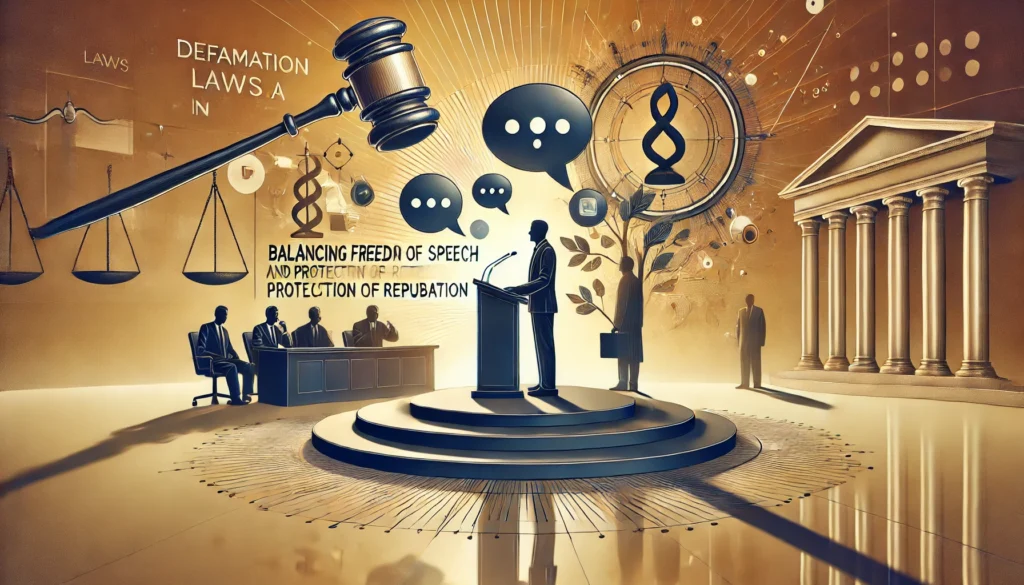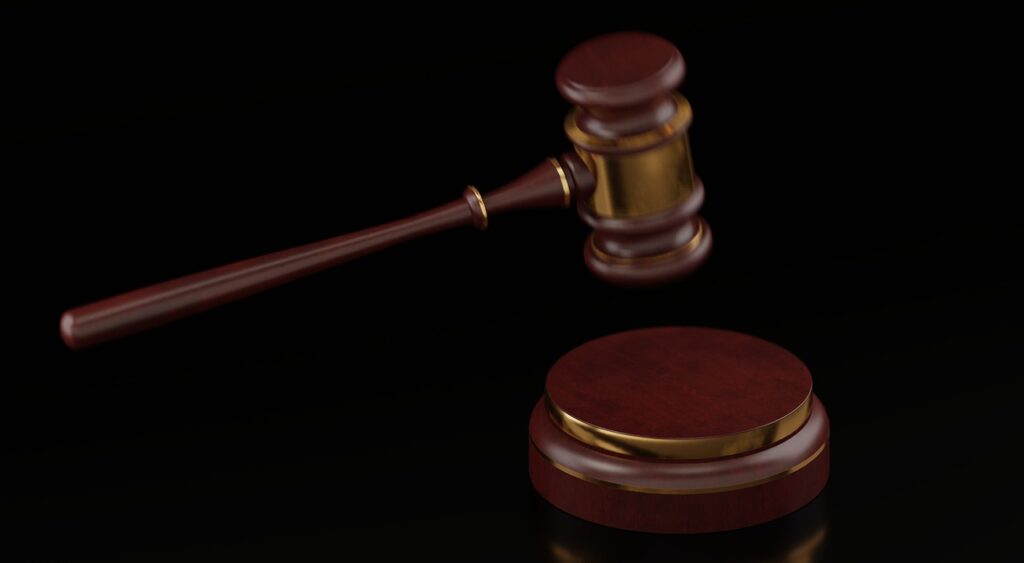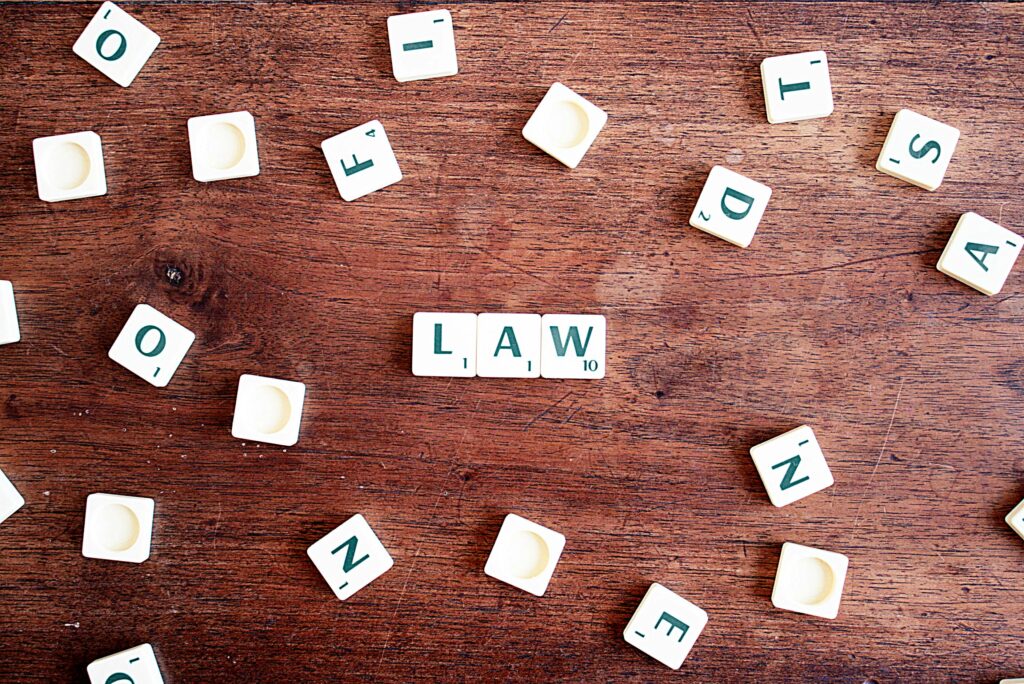Published On: October 7th 2025
Authored By: Saksham Rai
Law Centre 2, Delhi University
1. Introduction
The interplay between hate speech and free speech presents a fundamental challenge in constitutional democracies, particularly in plural societies such as India. The Constitution of India enshrines freedom of speech and expression under Article 19(1)(a), but this right is not unfettered; Article 19(2) prescribes reasonable restrictions to safeguard public order, morality, and other constitutionally recognised interests. In recent years, political rallies, online discourse, and public commentary have fuelled intense debate over what constitutes permissible expression versus unlawful hate speech. The stakes are high: an overly restrictive regime risks stifling democratic debate, while an overly permissive approach can enable social discord and even violence.
This paper critically examines the constitutional, statutory, and judicial frameworks governing hate speech in India, while drawing comparative insights from foreign jurisdictions. The objective is to highlight the legal balancing act between safeguarding liberty and protecting societal harmony.
2. Constitutional Framework
The foundation of free speech protection in India lies in Article 19(1)(a) of the Constitution, which affirms that “all citizens shall have the right to freedom of speech and expression.” However, Article 19(2) authorises the State to impose reasonable restrictions in the interests of the sovereignty and integrity of India, the security of the State, friendly relations with foreign States, public order, decency or morality, contempt of court, defamation, or incitement to an offence. The Supreme Court has stressed that such restrictions must pass the test of reasonableness and proportionality (Modern Dental College and Research Centre v State of Madhya Pradesh (2016) 7 SCC 353). The proportionality standard requires that the restriction pursue a legitimate aim, be suitable to achieve that aim, and be the least restrictive means available.
In State of Bihar v Shailabala Devi AIR 1952 SC 329, the Court clarified that free speech must be balanced with the need to maintain public order, a principle that underpins later jurisprudence.
3. Legal Provisions on Hate Speech in India
While the Constitution provides the normative basis, statutory law operationalises hate speech regulation:
• Section 153A, Bharatiya Nyaya Sanhita, 2023 (BNS) [formerly IPC s 153A]: Criminalises promoting enmity between different groups on grounds such as religion, race, or language, where such acts are prejudicial to public tranquillity.
• Section 295A, BNS [formerly IPC s 295A]: Punishes deliberate and malicious acts intended to outrage religious feelings.
• Section 505, BNS [formerly IPC s 505]: Penalises statements conducing to public mischief, including those likely to incite communal violence.
• Representation of the People Act 1951, ss 123(3) and 123(3A): Prohibit the promotion of enmity during elections as a corrupt practice.
• Information Technology Act 2000, s 79: Addresses intermediary liability; read with the IT (Intermediary Guidelines and Digital Media Ethics Code) Rules 2021, it mandates takedown of unlawful content.
These provisions demonstrate a multi-layered legislative framework, albeit one criticised for vagueness and potential for misuse.
4. Key Judicial Pronouncements
Judicial interpretation has been central to defining the contours of hate speech and free expression:
1. Shreya Singhal v Union of India (2015) 5 SCC 1 – The Supreme Court struck down s 66A of the IT Act for vagueness, articulating the distinction between discussion, advocacy, and incitement; only the latter may be legitimately curtailed.
2. Pravasi Bhalai Sangathan v Union of India (2014) 11 SCC 477 – The Court acknowledged the absence of a statutory definition for hate speech and urged Parliament to legislate.
3. Amish Devgan v Union of India (2020) 12 SCC 112 – The Court applied a harm-based test, holding that speech calculated to vilify a community could constitute hate speech, even absent imminent incitement.
4. Ram Manohar Lohia v State of Bihar AIR 1966 SC 740 – Introduced the ‘proximity’ test, requiring a close link between speech and disturbance of public order.
5. Brandenburg v Ohio 395 US 444 (1969) – A US Supreme Court decision, influential in Indian discourse, which set out the ‘imminent lawless action’ test.
5. The Challenge of Defining Hate Speech
India’s lack of a precise statutory definition creates interpretative uncertainty. Courts rely on case-by-case analysis, which, while flexible, also permits subjective determinations. The Law Commission of India’s 267th Report (2017) proposed amendments to criminal law to specifically address hate speech, but these have yet to be enacted. The absence of a clear definition increases the risk of overreach and can chill legitimate political dissent.
6. Hate Speech in the Digital Age
The proliferation of social media platforms has transformed the dynamics of speech. Online content spreads rapidly, often without editorial oversight, and anonymity emboldens inflammatory speech. The IT Rules 2021 impose obligations on platforms to remove unlawful content within 24 hours of a complaint, but critics argue this enables over-censorship and threatens privacy. AI-driven moderation tools raise concerns over algorithmic bias and lack of accountability.
7. Comparative Perspectives
The United States maintains a high threshold for restricting speech under the First Amendment, only prohibiting advocacy intended and likely to incite imminent lawless action (Brandenburg). By contrast, the United Kingdom criminalises speech that stirs up hatred on grounds such as race or religion, even absent imminent violence. The European Court of Human Rights balances free expression with the rights to dignity and equality under the European Convention on Human Rights, often upholding restrictions on hate speech.
8. Way Forward
A principled approach to hate speech regulation in India should include:
• A clear statutory definition, harmonised with constitutional safeguards.
• Independent oversight bodies to adjudicate complaints impartially.
• Public education initiatives to foster media literacy and critical thinking.
• Election-specific enforcement to deter divisive rhetoric by political actors.
• Transparent accountability for online content moderation practices.
9. Conclusion
Striking the balance between hate speech and free speech requires legislative clarity, judicial vigilance, and civic responsibility. The goal should be to protect robust democratic discourse while preventing speech that undermines the dignity, equality, and safety of vulnerable groups. As India navigates the complexities of its digital public sphere and socio-political diversity, a nuanced, principle-based legal framework offers the best path forward.




